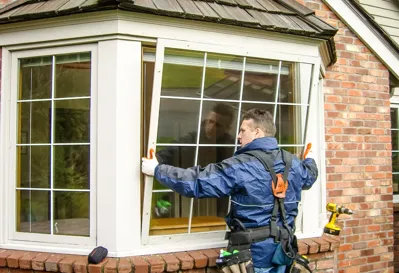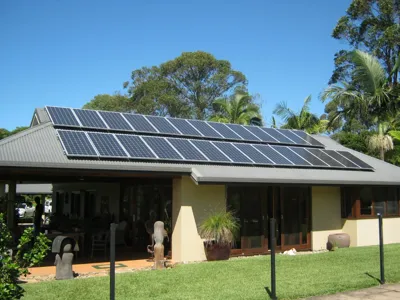Australia's summer is known for its scorching heat and high temperatures, especially from December to February. To cope with the heat, many households rely on air conditioning and other cooling systems. However, this leads to a sharp increase in energy consumption during the summer. In fact, by replacing windows, the frequency of air conditioning use can be significantly reduced, resulting in savings of up to 80% on electricity bills.
![]()
The Impact of Windows on Indoor Temperature
Windows are one of the primary pathways for heat to enter and escape a building. During Australia’s hot summer, inefficient windows allow outdoor heat to infiltrate while letting cool indoor air escape, thereby increasing the workload on air conditioning systems. Traditional single-pane windows have poor insulation properties and are ineffective in blocking solar heat or outdoor temperatures.
Modern energy-efficient windows, however, utilize advanced designs and materials, such as double or triple glazing, low-emissivity (Low-E) glass, and high-performance window frames. These features effectively reduce heat transfer and solar heat gain.
Key Benefits of Replacing Windows
Significant Reduction in Cooling Costs
Energy-efficient windows minimize heat infiltration, maintaining a stable indoor temperature and reducing the frequency and intensity of air conditioning use. Studies show that replacing windows can cut household energy costs by 40% to 80%.
Improved Indoor Comfort
High-performance windows block more ultraviolet (UV) rays and solar radiation, creating a more consistent and comfortable indoor temperature. Additionally, improved insulation reduces the noise from frequent air conditioner cycling.
Eco-Friendly and Sustainable
Lower electricity consumption not only saves money but also reduces a household’s carbon footprint. Installing energy-efficient windows aligns with sustainable living practices by cutting greenhouse gas emissions.
Protection from UV Damage
Low-E glass windows can filter out most harmful UV rays, protecting indoor furniture, flooring, and fabrics from fading. They also safeguard the health of residents by minimizing UV exposure.
Choosing the Right Type of Windows
Double or Triple-Glazed Windows
These windows have a sealed air or gas layer between glass panes, significantly reducing heat transfer and maintaining stable indoor temperatures.
Low-E Glass Windows
Low-emissivity windows use a special coating to reflect infrared and UV rays while allowing visible light to pass through. This provides a balance between insulation and natural lighting.
Window Frame Materials
High-quality frame materials, such as aluminum, UPVC, or composite materials, enhance the window’s insulation performance and reduce thermal bridging.
Cost and Return on Investment
While the initial cost of replacing windows can be substantial, the long-term energy savings can offer significant financial returns. Consider the following example:
- Initial Investment: The cost of installing energy-efficient windows depends on the size of the house and ranges from AUD 5,000 to AUD 15,000.
- Energy Savings: If a household’s monthly electricity bill is AUD 400, energy-efficient windows could save about AUD 320 per month (80%), allowing the cost to be recouped within 1 to 3 years.
Additionally, government incentives or rebates for energy efficiency improvements may help offset the installation cost.
Best Time and Tips for Installation
![]()
Replace Before Summer
Replacing windows before summer begins ensures that you can fully enjoy the benefits of energy-efficient windows during the hottest months.
Combine with Other Energy-Saving Measures
Pairing window replacement with other measures, such as roof insulation, solar panels, or window shades, can further enhance energy efficiency.
Hire Professional Installers
Work with experienced installation teams to ensure quality and compliance with Australian building standards when selecting and installing windows.
Conclusion
Replacing windows in Australia’s scorching summer is a highly worthwhile investment. It not only reduces electricity bills significantly but also enhances living comfort and minimizes environmental impact. By choosing the right type of windows, planning the installation properly, and integrating other energy-saving measures, households can beat the heat while embracing a more sustainable lifestyle.


